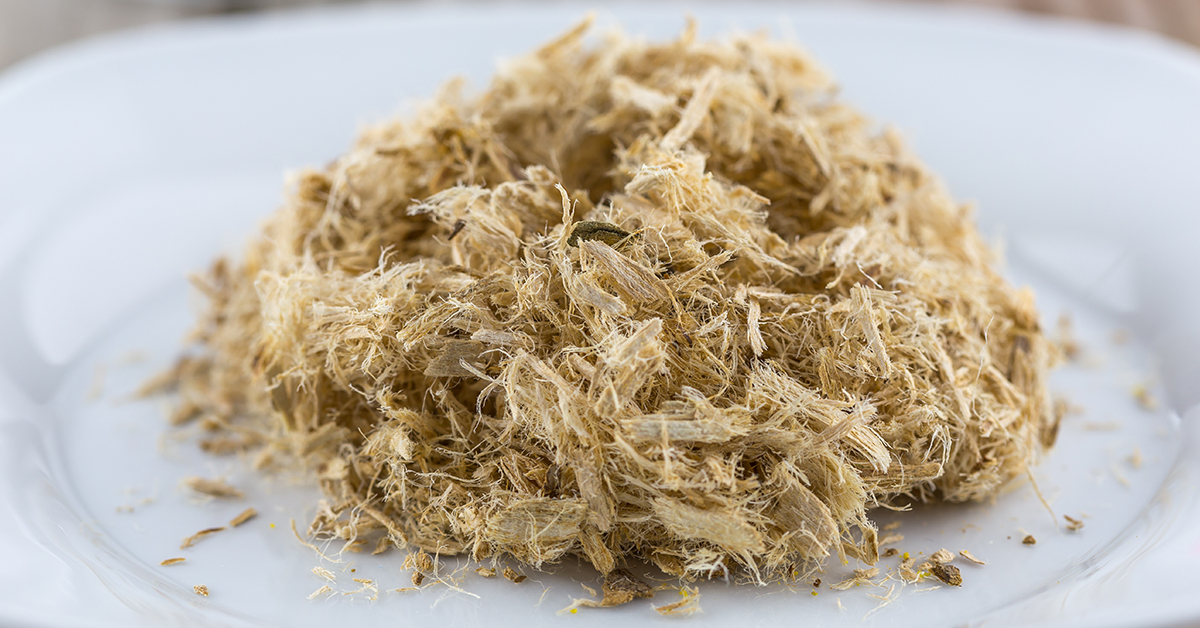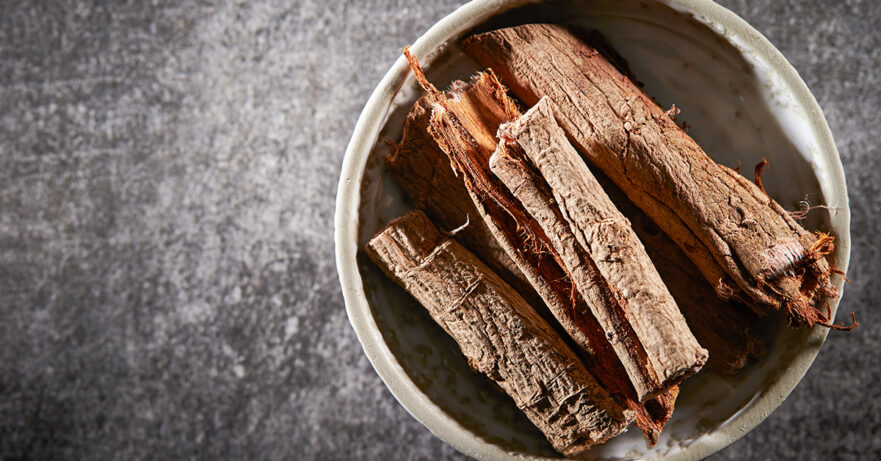In this monograph about slippery elm:
📖 Introduction | 🌱 Botanical Description | 📜 Traditional Uses | 🔍 Phytochemistry | ✨ Applications and Uses | 🛡️ Safety Profile
📖 Introduction
Slippery elm (Ulmus rubra) is a perennial tree renowned in herbal medicine for its mucilaginous bark, which offers significant soothing and healing properties. Due to its demulcent effects, it is highly esteemed for providing relief in conditions affecting the digestive and respiratory tracts.
| English Name | Slippery Elm |
| Latin Name | Ulmus rubra |
| Parts Used | Inner bark |
| Traditional Uses | Soothing sore throats, digestive issues like gastritis and ulcers |
| Herbal Actions | Demulcent, emollient |
🌱 Botanical Description
Scientific Classification
Ulmus rubra is a member of the Ulmaceae family.
Physical Characteristics
This tree is notable for its dark brown to reddish-brown bark and broad oval leaves with a rough texture. It produces small, clustered flowers in early spring before the leaves appear.
Natural Habitat and Cultivation Details
Native to eastern North America, slippery elm prefers moist, rich soils in woodlands and along streams. It is often cultivated for its medicinal bark, harvested in spring.
📜 Traditional Uses
Slippery elm bark has been traditionally used to soothe sore throats, relieve gastrointestinal distress, and calm inflamed mucous membranes. Its use in Native American herbal medicine as a healing salve for wounds and boils highlights its versatility.

🔍 Phytochemistry (Active Constituents)
Slippery elm is rich in various phytochemicals that confer its therapeutic effects, including:
- Mucilage: Comprises a significant part of the inner bark, providing a slippery substance that coats and soothes inflamed areas internally and externally.
- Tannins: Contribute astringent properties, which help tighten tissues and manage minor bleeding.
- Phenolic compounds: Offer antioxidant benefits that potentially reduce inflammation and support tissue healing.
✨ Applications and Uses
Slippery elm has a variety of applications in herbal medicine, targeting different aspects of health:
- Digestive health: Widely used in teas or lozenges to soothe the gastrointestinal tract, aiding conditions such as gastritis, peptic ulcers, and colitis.
- Respiratory relief: Employed in cough syrups and lozenges to soothe irritation in the throat.
- Skin care: The bark, applied as a poultice, is beneficial for healing wounds, burns, and skin inflammation due to its soothing mucilage.
🛡️ Safety Profile
Slippery elm is considered safe for most adults when used as directed.
However, its high mucilage content can interfere with the absorption of other medications, necessitating timing adjustments for oral medications.
While generally safe, allergic reactions may occur, particularly in individuals sensitive to elm bark or related species.
Individuals with existing health conditions or those on medication should consult a healthcare provider before use.
Pregnant and breastfeeding women should use slippery elm under medical advice due to limited research on its safety in these groups.
Always consult with a healthcare provider before beginning any new herbal treatment, especially for individuals with pre-existing conditions or those taking other medications.
📃 Related Posts
🌱 Related Herbs

